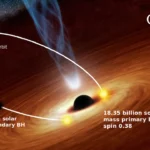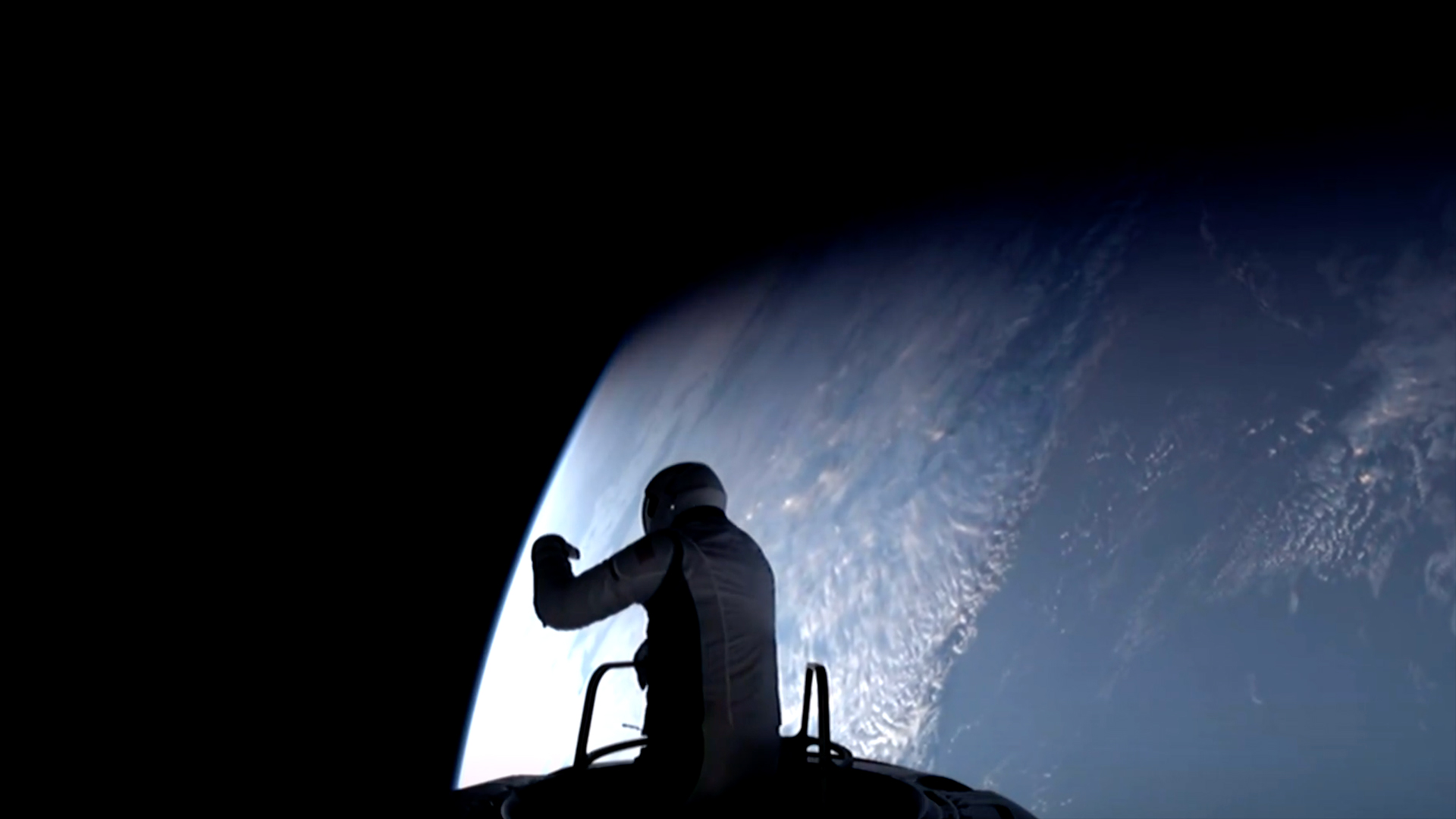Now Reading: Self-Replicating Probes Could be Operating Right now in the Solar System. Here’s How We Could Look for Them
1
-
01
Self-Replicating Probes Could be Operating Right now in the Solar System. Here’s How We Could Look for Them
Self-Replicating Probes Could be Operating Right now in the Solar System. Here’s How We Could Look for Them


A new study proposes how we could look for signs of self-replicating (Von Neumann) probes that would prove that the Solar System has been explored by an advanced extraterrestrial intelligence (ETI).
Stay Informed With the Latest & Most Important News
[mc4wp_form id=314]
Previous Post
Next Post
Loading Next Post...
Popular Now
-
 01From Polymerization-Enabled Folding and Assembly to Chemical Evolution: Key Processes for Emergence of Functional Polymers in the Origin of Life
01From Polymerization-Enabled Folding and Assembly to Chemical Evolution: Key Processes for Emergence of Functional Polymers in the Origin of Life -
 02Two Black Holes Observed Circling Each Other for the First Time
02Two Black Holes Observed Circling Each Other for the First Time -
 03How New NASA, India Earth Satellite NISAR Will See Earth
03How New NASA, India Earth Satellite NISAR Will See Earth -
 04Thermodynamic Constraints On The Citric Acid Cycle And Related Reactions In Ocean World Interiors
04Thermodynamic Constraints On The Citric Acid Cycle And Related Reactions In Ocean World Interiors -
 05Φsat-2 begins science phase for AI Earth images
05Φsat-2 begins science phase for AI Earth images -
 06Hurricane forecasters are losing 3 key satellites ahead of peak storm season − a meteorologist explains why it matters
06Hurricane forecasters are losing 3 key satellites ahead of peak storm season − a meteorologist explains why it matters -
 07Binary star systems are complex astronomical objects − a new AI approach could pin down their properties quickly
07Binary star systems are complex astronomical objects − a new AI approach could pin down their properties quickly
Scroll to Top



















